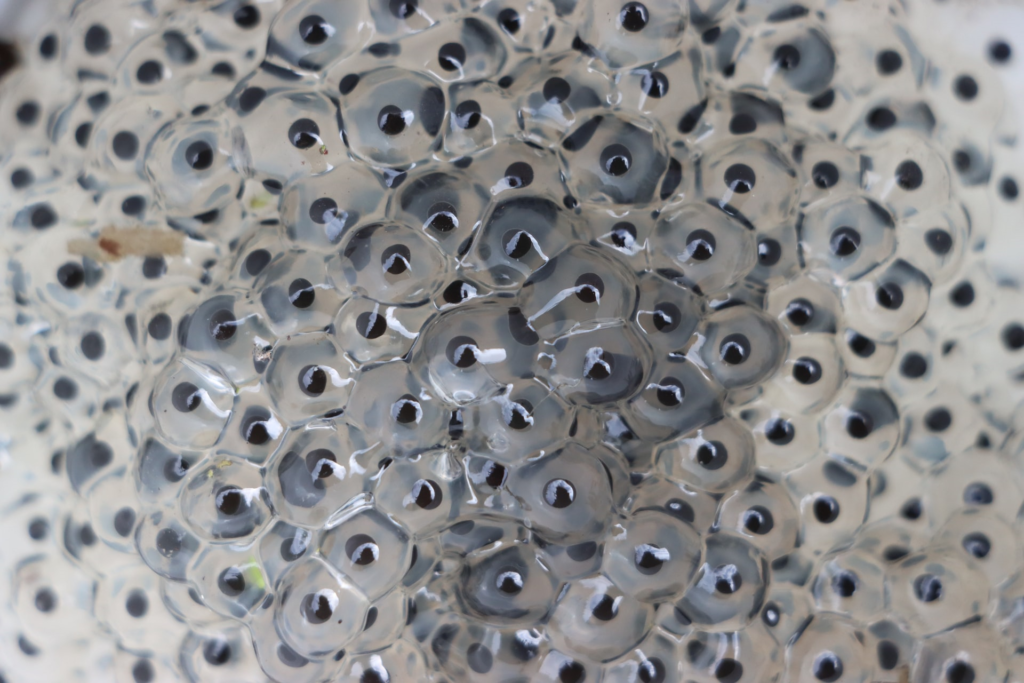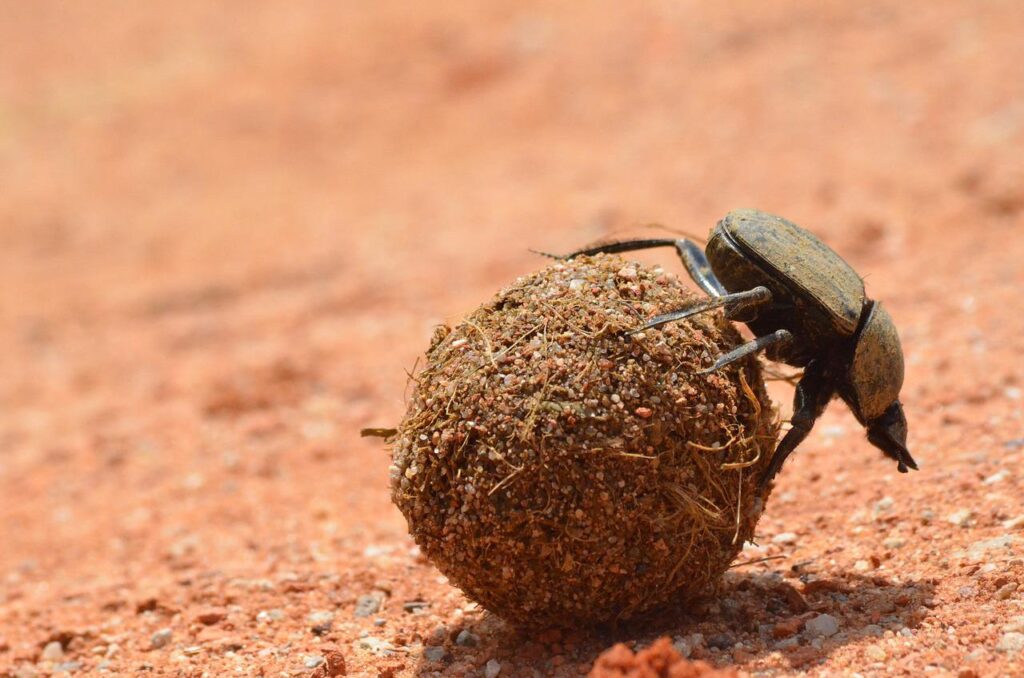(par 4.2.4.1) ANIMAL AND PLANT ADAPTATIONS AND BEHAVIOURS

http://www.bbc.co.uk/nature/adaptations Adaptations help organisms survive in their ecological niche or habitat; adaptations can be anatomical, behavioural or physiological. Anatomical adaptations are physical features such as an animals shape. Behavioural adaptations can be inherited or learnt and include tool use, language and swarming behaviour. Physiological adaptations include the ability to make venom; but also more general […]
(par 4.2.2.1) Complete information on Habitat and its Types

http://www.preservearticles.com/201101022258/complete-information-on-habitat-and-its-types.html NIRMALA AGARWAL The place where an organism lives is known as habitat. The term habitat is more specific environment. Habitat constitutes a part of the total environment of that region. It must offer to an organism shelter, food and congenial climatic conditions which will be well-suited for the organism to survive, reproduce and flourish. […]
(par 4.2.2.1) Ecological niche

https://en.wikipedia.org/wiki/Ecological_niche From Wikipedia, the free encyclopedia The flightless dung beetle occupies a niche exploiting animal droppings as a food source In ecology, a niche (CanE, UK /ˈniːʃ/ or US /ˈnɪtʃ/)[1] is a term with a variety of meanings related to the behavior of a species living under specific environmental conditions.[2] The ecological niche describes how an organism or population responds to the distribution of resources and competitors (for example, […]
